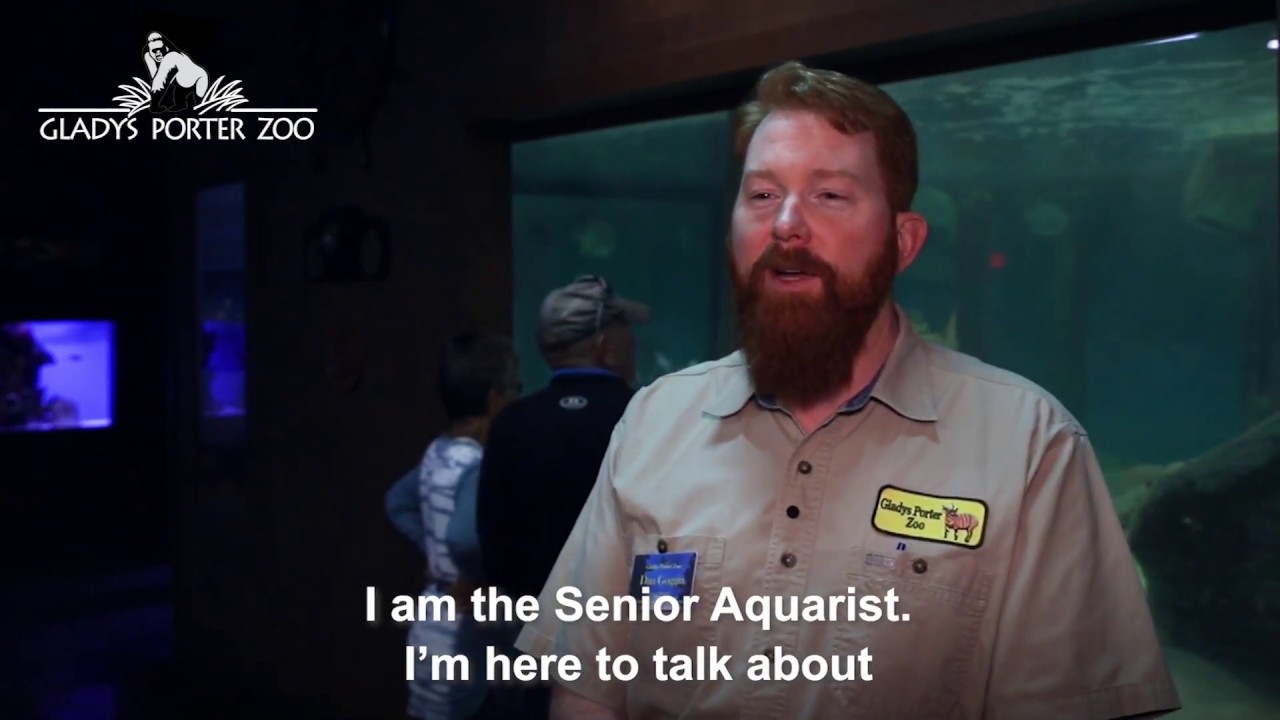-
Understanding the importance of National Invasive Species Awareness Week and its role in conservation efforts.
-
Examining the ecological impacts of invasive species on native biodiversity.
-
Highlighting effective strategies for managing and preventing the spread of invasive species.
-
Discussing the critical role of public education and community involvement in preventing invasive species proliferation.
- Exploring the contributions of zoology and zoo management in combating invasive species issues.
National Invasive Species Awareness Week (NISAW) stands as a pivotal event aimed at raising awareness about the threats invasive species pose to natural ecosystems. This initiative is crucial for conservationists, policymakers, and the general public alike, driving the understanding that the introduction and spread of non-native organisms can drastically alter local environments. Every year, NISAW provides a platform for sharing knowledge, resources, and strategies to combat these ecological issues. During this week, a range of activities and resources are made available to promote awareness and action.
Invasive species are organisms introduced into regions where they are not native, usually leading to significant ecological harm. These species can outcompete, prey on, or bring diseases to native species, leading to reductions in biodiversity and changes in ecosystem dynamics. For example, the introduction of the brown tree snake to Guam resulted in the severe decline of native bird populations. Similarly, zebra mussels in the Great Lakes have disrupted local aquatic ecosystems and infrastructure. Understanding these impacts is critical for mitigating further damage and is a primary focus during National Invasive Species Awareness Week.
One of the main factors contributing to the spread of invasive species is human activity, such as global trade and transport. When goods cross international borders, invasive organisms can hitch a ride accidentally in ship ballast water, on airplanes, or in packaging materials. Once established, these species often have no natural predators in their new environments, allowing their populations to grow unchecked. This population growth can lead to altered habitats and food web dynamics.
Efforts to manage and contain invasive species involve a multi-faceted approach. Prevention is the most cost-effective strategy, as once a species is established, eradication can become extremely challenging and expensive. Strategies include public education campaigns to prevent the release of non-native organisms and the development of new policies and regulations to control the trade and transport of such species. For example, the establishment of ballast water management protocols has helped to reduce the introduction of aquatic invasive species through international shipping routes. When prevention fails, control methods such as mechanical removal, chemical treatments, biological control, and habitat restoration come into play.
Public education and community involvement are vital components in managing invasive species. Awareness campaigns teach the public how to identify invasive species and report sightings, providing critical information to experts working to control these populations. Citizen science programs encourage community members to take part in conservation efforts. Engaging local stakeholders ensures that efforts to manage invasive species are informed by those who live in affected areas and who have a vested interest in the health of their local ecosystems.
Zoologists and zoo managers play a crucial role in invasive species research and management. With their expertise in animal biology and behavior, they contribute to understanding how invasive species interact with native species and ecosystems. Many zoos participate in breeding and reintroduction programs for native species threatened by invasives, alongside education programs informing visitors about the importance of biodiversity preservation. By leveraging their facilities and expertise, zoos become active participants in broader conservation initiatives.
During National Invasive Species Awareness Week, initiatives often emphasize collaborative projects among government agencies, conservation organizations, research institutions, and local communities. These collaborations aim to pool resources and knowledge, fostering a united front against invasive species. Innovations in research and technology are also showcased during this week, highlighting new methods for detecting, tracking, and eradicating invasive organisms.
The economic impacts of invasive species can be substantial. Damage to agriculture, forestry, and fisheries translates to billions of dollars in losses globally. In the U.S. alone, the annual cost of dealing with invasive species is estimated at $120 billion. This figure covers management efforts, control activities, and economic losses from affected industries. Understanding these costs underlines the importance of investment in early detection and rapid response strategies, as well as ongoing public education and policy development to minimize future risks.
In conclusion, National Invasive Species Awareness Week is essential in bringing attention to the pressing issue of invasive species and their impact on ecosystems worldwide. Through increased awareness, education, and collaboration, we can develop and implement effective strategies to manage and mitigate their impacts. Active involvement from all sectors of society, including scientists, policymakers, industry stakeholders, and the public, is needed to protect biodiversity and maintain ecological balance. By taking action during this week and beyond, we contribute to preserving the natural world and its intricate web of life for future generations.
*****
Source Description
It’s National Invasive Species Awareness Week. Senior Aquarist, Dan Goggin, sheds light on a beautiful, yet venomous species.


